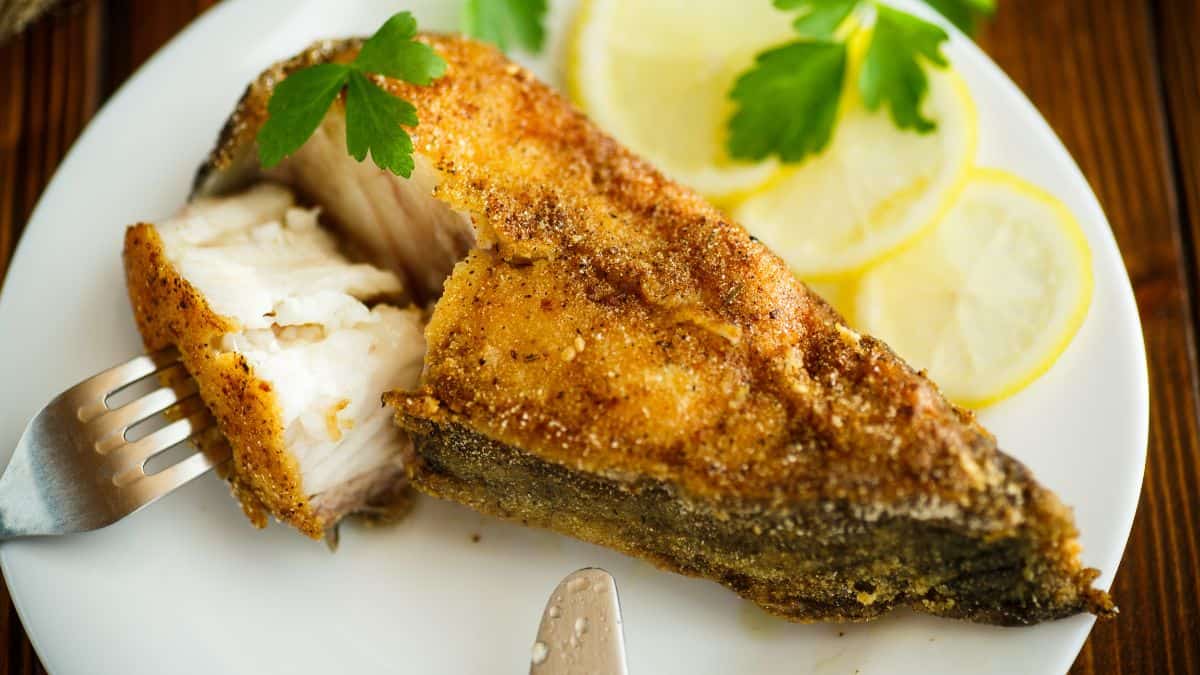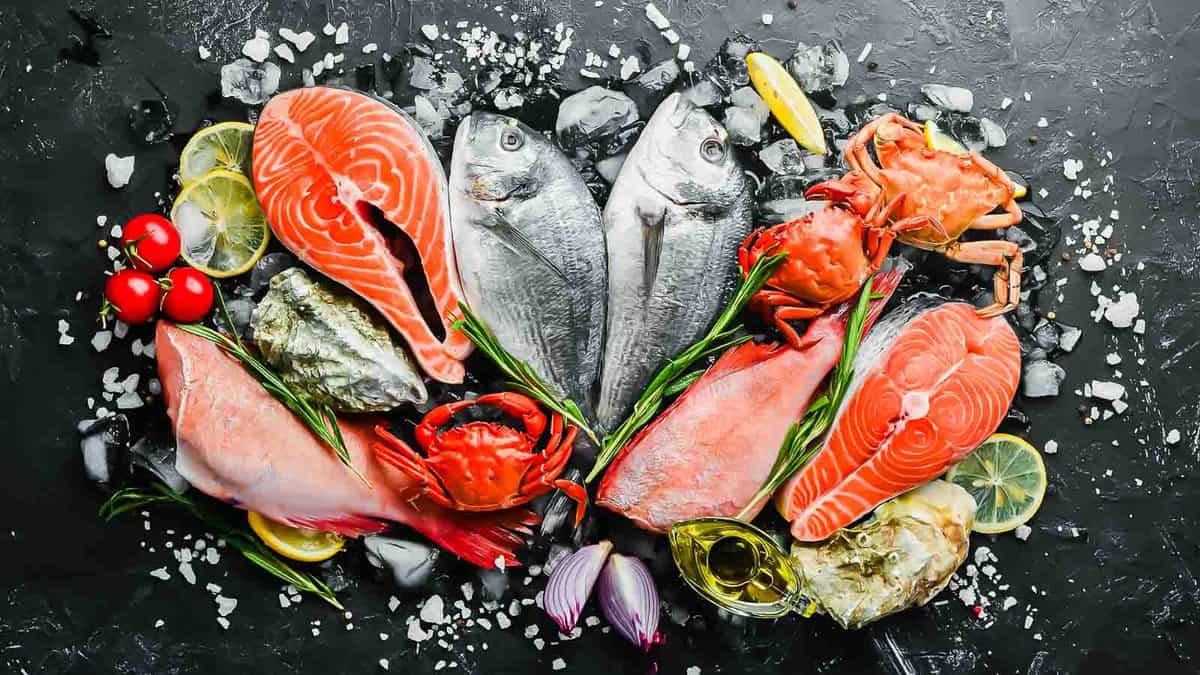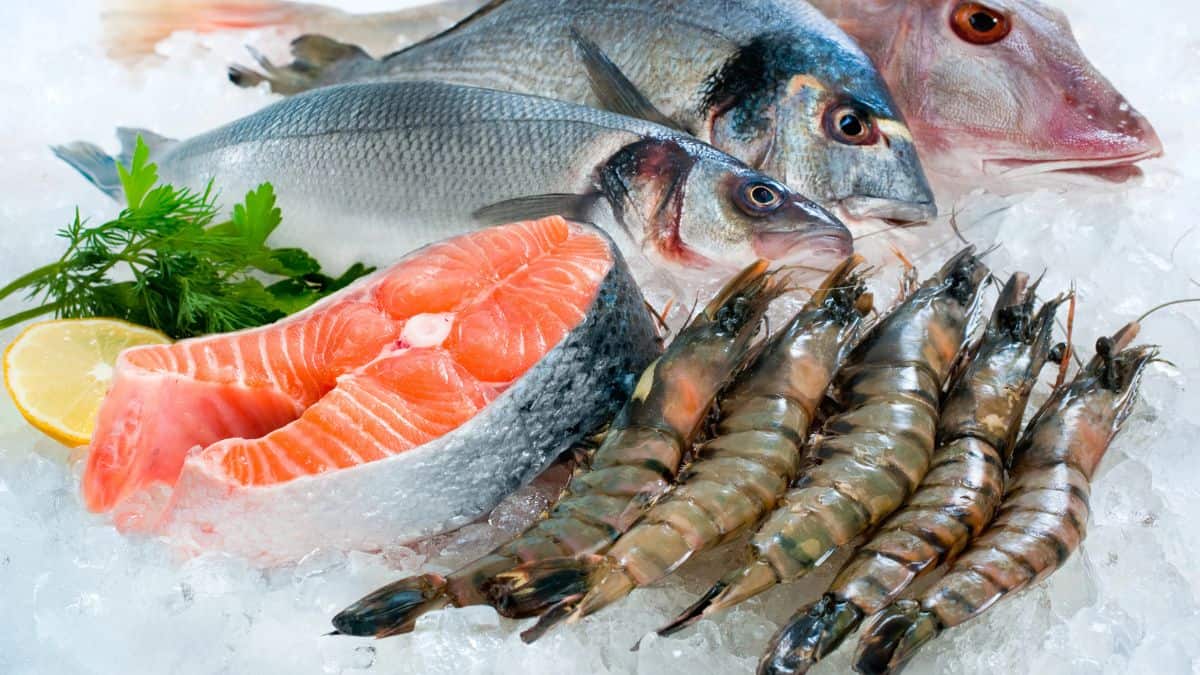Farmed fish usually shows up with a friendlier price tag, which makes it an easy pick at the store. But that lower cost is just one piece of a much bigger picture. Behind the scenes, there’s a long list of trade-offs that affect your health, the environment, and even the quality of the fish itself. From the way it’s raised to what it’s fed, there’s a lot that doesn’t make it onto the label.

High Levels of Contaminants

Farmed fish are frequently exposed to harmful pollutants like PCBs, dioxins, and other toxic compounds found in the water and their feed. These chemicals don’t just wash away during cooking. They build up in the body over time and have been linked to serious health issues including cancer, hormone disruption, and developmental problems. When you’re choosing fish for its health benefits, these contaminants seriously undercut the whole point.
Antibiotic Overuse

To keep fish alive in crowded and stressful conditions, farms often rely on routine antibiotic use. This isn’t just about the fish. Overuse of antibiotics in aquaculture contributes to a growing public health threat — antibiotic resistance. When antibiotics stop working for people because of overexposure through food, treating infections becomes much harder and more dangerous.
Poor Nutritional Quality

Farmed fish do not have the same nutrient profile as wild fish. Because they are fed a controlled diet of corn- or soy-based pellets rather than natural marine food sources, they usually contain less omega-3 fatty acids and more omega-6 fats. This imbalance can increase inflammation in the body and reduce the cardiovascular benefits people usually seek out when eating fish in the first place.
Environmental Damage

Large-scale fish farms can have a massive environmental footprint. Waste from the fish, uneaten feed, and chemical runoff all end up in surrounding waters. This can lead to oxygen depletion, harmful algae blooms, and long-term harm to marine ecosystems. Far from being a clean or closed system, many fish farms create ongoing damage that’s hard to undo.
Chemical Use

To manage diseases and parasites, fish farms often use a mix of pesticides, disinfectants, and antiparasitic drugs. These chemicals don’t always stay contained. They can accumulate in the water, affect other marine life, and end up in the fish that’s headed for your plate. The long-term health impact of eating fish exposed to all these treatments is still being studied, but it’s not a risk everyone wants to take.
Crowded Conditions

Most farmed fish are raised in packed pens with limited space to swim, which leads to high stress and an increased risk of infection. This setup also encourages the rapid spread of disease and parasites, both of which are often treated with more antibiotics or chemicals. These stressful environments also raise questions about the quality of life these animals are experiencing before they ever make it to your plate.
Ethical Concerns

The way farmed fish are raised raises serious questions about animal welfare. Confined to cramped, unnatural environments, these fish often live in stressful, disease-prone conditions with limited ability to engage in normal behaviors. While fish may not trigger the same emotional response as land animals, ethical farming standards still matter. The treatment of these animals is something many consumers wouldn’t accept if they saw it firsthand.
Disruption of Wild Populations

Escapes from fish farms are more common than people think. When farmed fish mix with wild populations, it can lead to genetic dilution and the spread of disease, putting entire ecosystems at risk. These escapees can compete with wild fish for food and habitat, creating long-term damage to species that are already struggling due to climate change and overfishing.
Taste and Texture

Many people find that farmed fish lack the clean, firm texture and bold flavor of wild-caught varieties. Their controlled diets and artificial environments can lead to a product that feels bland and overly soft. If you’re expecting that fresh-off-the-boat flavor, you’re more likely to end up disappointed.
Economic Impact

The rise of industrial fish farming has made it harder for small-scale and traditional fishing communities to compete. As farmed fish floods the market at lower prices, local fishermen often struggle to sustain their livelihoods. Supporting these farms can unintentionally undermine coastal economies that rely on wild fishing practices passed down for generations.
Health Risks

Diseases and parasites spread easily in dense fish farms, and in some cases, these can be transmitted to humans through handling or undercooked fish. Even when cooked properly, the presence of harmful bacteria or parasites can still pose a risk, especially for vulnerable populations. It’s not something most people consider when picking out frozen fillets, but it should be.
Overfishing for Feed

One of the biggest contradictions in fish farming is that it still depends on wild-caught fish. Smaller species like anchovies and sardines are caught in massive quantities to make feed for farmed fish. This not only puts pressure on ocean food chains but also defeats the idea that fish farming is a sustainable solution. You’re still pulling from the ocean, just through a less direct route.
12 Fish To Stop Eating Now — Here’s Why

When it comes to fish, not all are created equal. Some fish might be making their way onto your plate, but they really shouldn’t be there. From environmental concerns to health hazards, there are compelling reasons to steer clear of these 12 types. Let’s take a closer look at what makes them bad choices and why you might want to cut them out of your diet.
Read Here: Stop Eating These 12 Fish Now – Here’s Why
10 Mercury-Heavy Fish and What to Eat Instead

Navigating the world of seafood can sometimes feel like sailing through murky waters, especially when it comes to mercury content. While fish is a fantastic source of protein and omega-3 fatty acids, certain types pack a punch with high levels of mercury, posing health risks. We’re shining a light on those fish and offering up a net-full of safer alternatives so you can make informed choices to enjoy seafood that’s not only tasty but also good for your health.
See Them Here: The Top 10 Mercury-Heavy Fish and What to Have Instead
Select images provided by Depositphotos.
Gina Matsoukas is an AP syndicated writer. She is the founder, photographer and recipe developer of Running to the Kitchen — a food website focused on providing healthy, wholesome recipes using fresh and seasonal ingredients. Her work has been featured in numerous media outlets both digital and print, including MSN, Huffington post, Buzzfeed, Women’s Health and Food Network.








